I set out to spend between two to three weeks on a permaculture farm in sunshine coast to discover whether permaculture was a hippy thing or if there was some real science behind it. Between the ticks, mosquitos, rain, cold and hard work I felt that I was on a survivor T.V episode from which I voted myself off after only 11 days. I still came back with some answers… Here’s my story.
Permaculture is supposed to be a unique way of doing agriculture by linking different systems together (animal, plant, energy, water, building…) in order to create a sustainable mega system which conserves energy, manpower and the earth. So why did I find myself waking up at 6 a.m. cutting grass for the chickens in the cage behind me? Good question!
It turns out this particular farm’s actual income was teaching Permaculture courses. That meant there was a need to display all aspects of permaculture on the farm, composting, animal systems, nursery, garden, food forest etc. Yet, there wasn’t enough manpower or smart design to link these systems together. So there was actually a very high work load for very little produce. The upside of this was that I got to see all of the aspects at play and learn a lot. So how does it work?
Maybe to you it seems obvious but I learned that growing things means you need good soil, especially the first few meters of the soil which should contain a lot of humus. Don’t get confused like I did, that doesn’t mean the chickpea paste we eat in Israel, it means organic matter that has broken down into the ground. That’s where the linkage with animal systems is supposed to come in play. Animal waste is actually good for the ground. It also means there were a million earth worms wriggling around every time I planted something and that we had to deal with, literally, a lot of shit! Animals are also supposed to help with weeding and eating bad slugs that eat your food. Organic matter can also come from other plants so in permaculture some plants are used as ‘support plants’, you chop off material from and drop on the ground as mulch. These plants can also be used as food for the animals linking the system back into itself. Unfortunately, this was not really done on the farm, and I was working much harder to feed the animals then they were working to feed me.
Another system that is closely linked is the water system. For instance by digging out water drainage swells one can preserve rain water and force it to go into the ground slowly. This seemed a little redundant on the farm when I was there as it was constantly raining! I have to say I felt cheated by the name “Sun Shine” coast.
Despite the fact that the farm was far from producing all its food, the managers were almost obsessed with eating ‘healthy’. So for the first time in., well forever, I went for more than a week with no processed food. No Tim Tams, no peanut butter, no chocolate bars, no coca cola, no granola bars, no corn flakes! The first few days I was really craving chocolate, but that did pass and I noticed one tea spoon of organic whatever suger was more than enough in my coffee. In my first supermarket visit since I managed to resist the temptation to buy a chocolate bar, any bets how long this will last?
Anyway, I was lucky enough to have stayed there with 3 other woofers (volunteers who get fed for their work), who made my time on the farm a little less harsh and more amusing. And from the Italian guy’s stories, it could be much worse, we could be in Africa.
We spent our nights watching permaculture videos in a converted bus that was filled with mice, spiders, moths and mold. I also managed to go through 100 pages of a basic permaculture book. These obviously don’t make me an expert but here are my conclusions. Permaculture can never be a replacement for modern agriculture unless we all go back to growing our own food (which I personally don’t see a point in). The complexity of the system means it has to be constantly supervised and maintained, and although smart design leads to robust systems, harvesting the food for actual use in this system is complicated and time consuming because the place actually turns into a forest! You have to scavenge and gather it (which as yet no machine is able to do).
Despite that, I am convinced that Permaculture is not a ‘hippy’ thing. In fact, I’d say hippies are giving it a bad name. There are villages in Africa and India where permaculture has saved people from growing hungry. It has nurtured soil destroyed by modern agriculture (that doesn’t put nutrients back into the ground), thus enabling them to grow their own food. It could also come in handy for families or small communities wishing to get some good fruits and vegetables and some eggs without too much effort. Finally, modern agriculture could learn a thing or two (or three) from permaculture about preserving soil and water. So that’s about it, the good, the bad and the ugly!

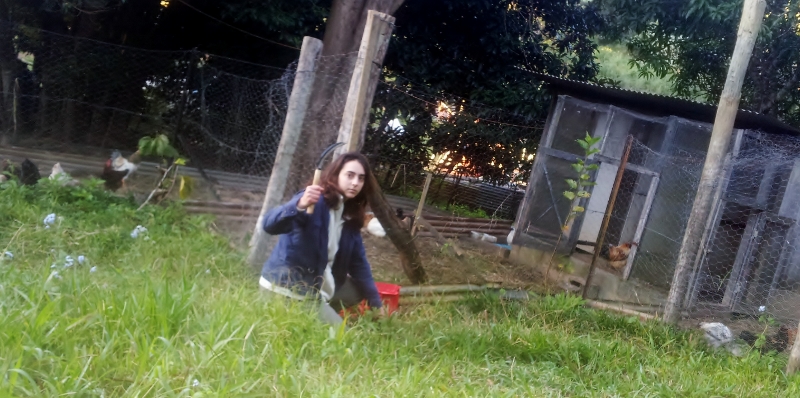

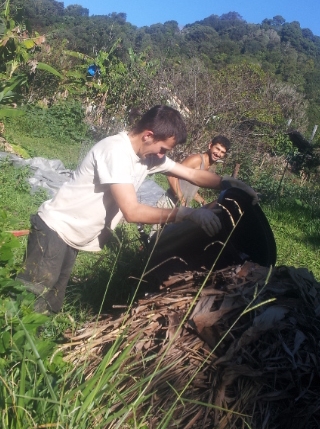
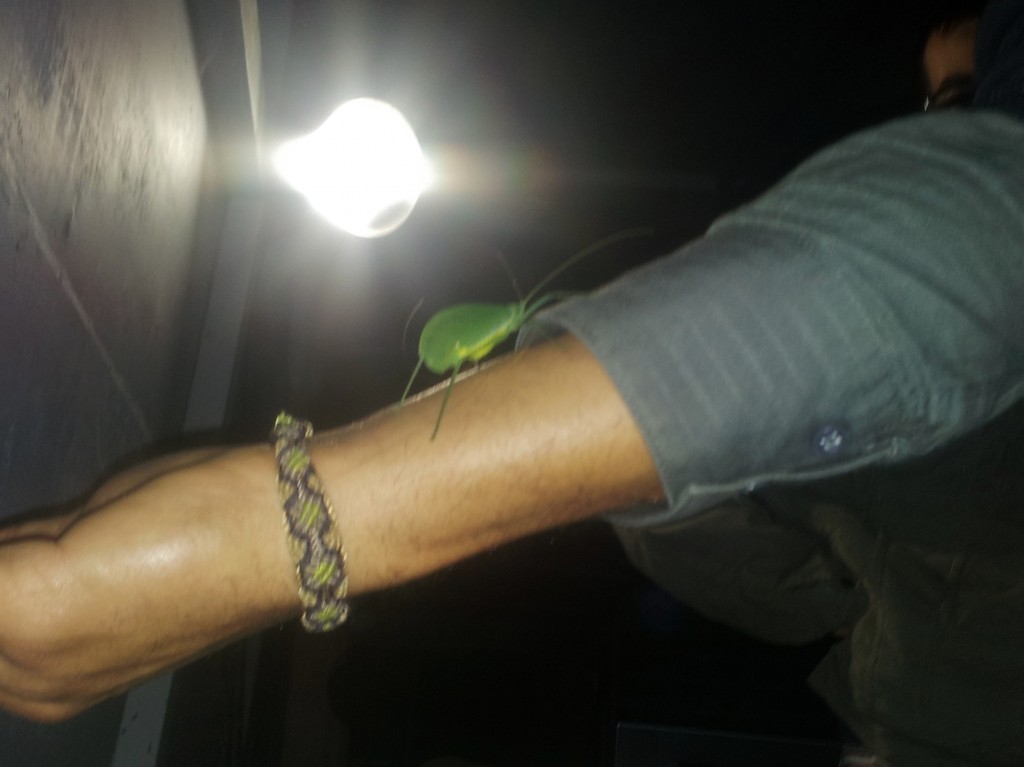
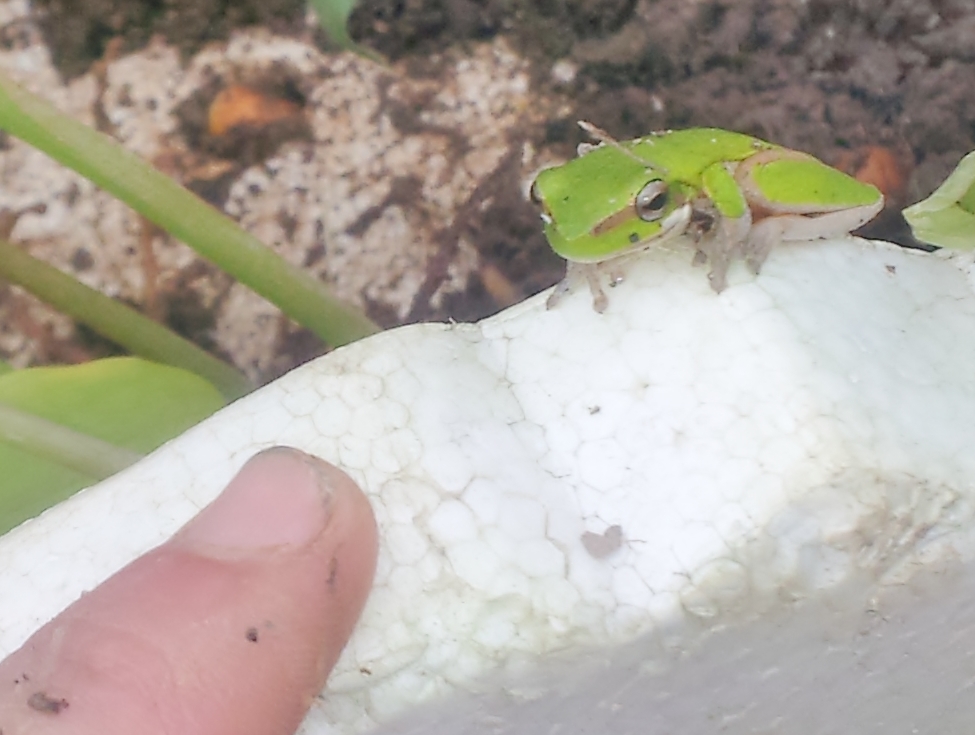
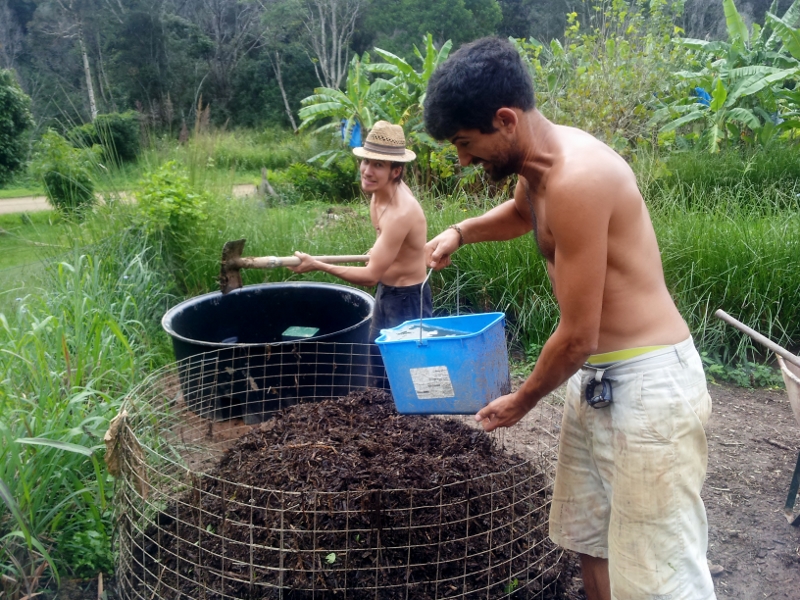
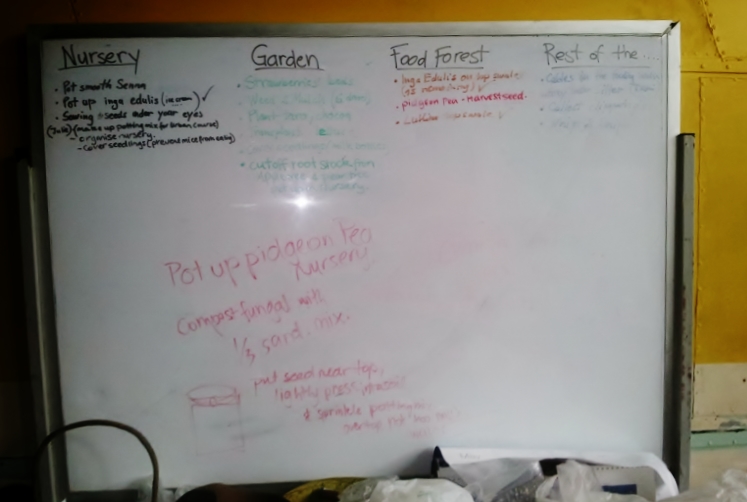
Pingback: Peace and Love? | Still In The Trees